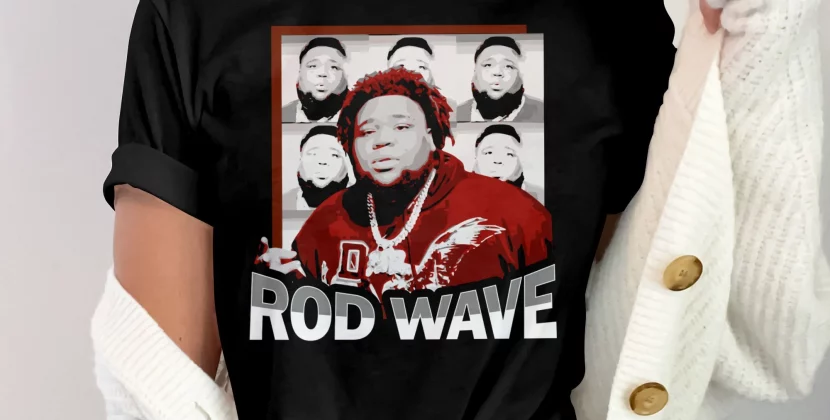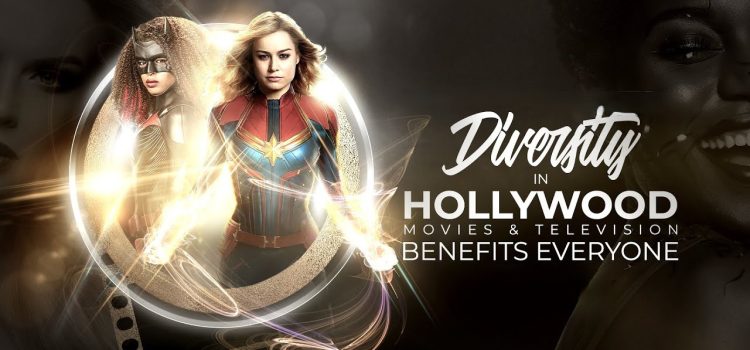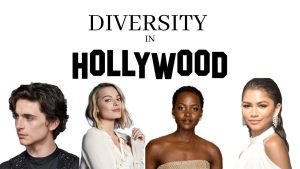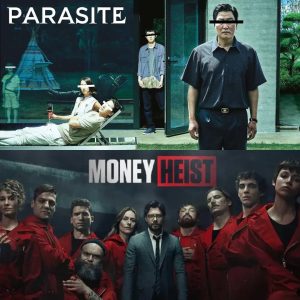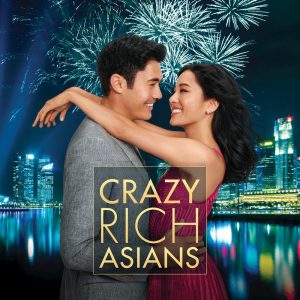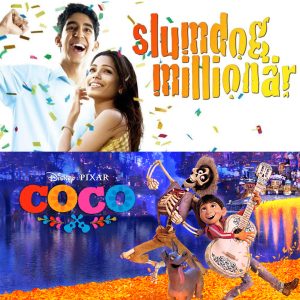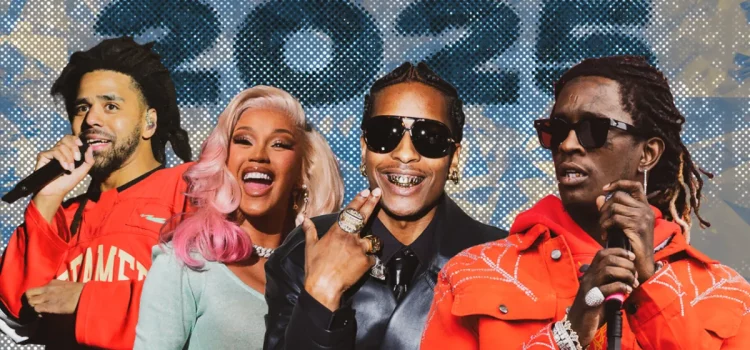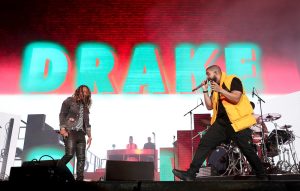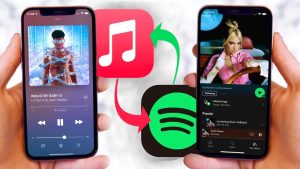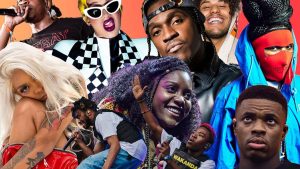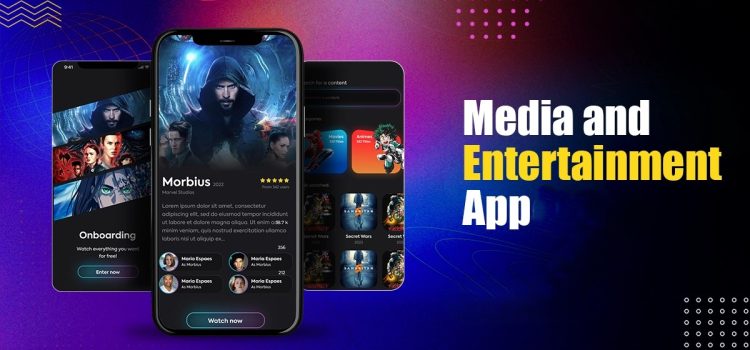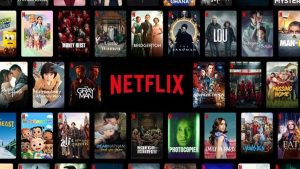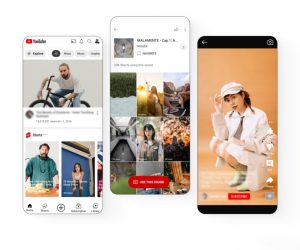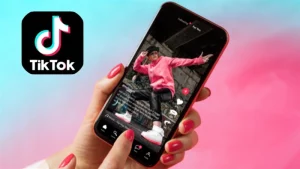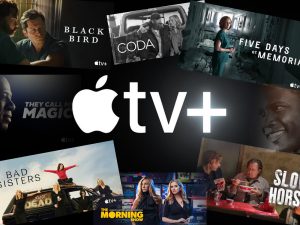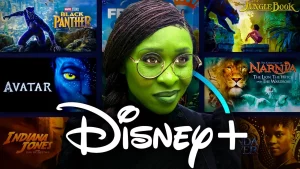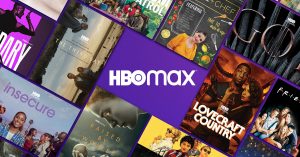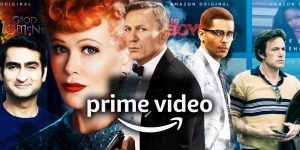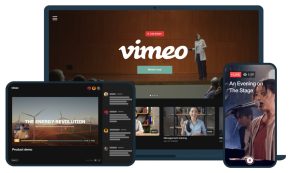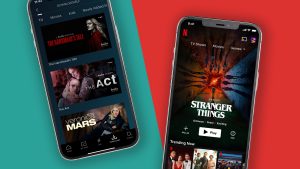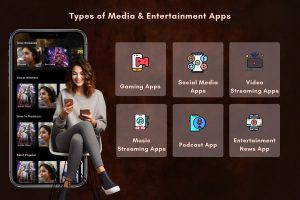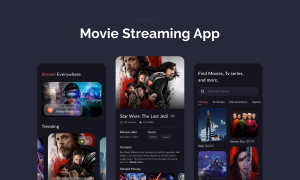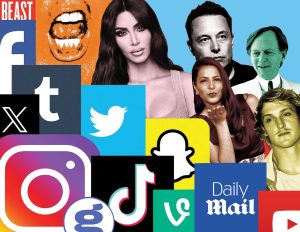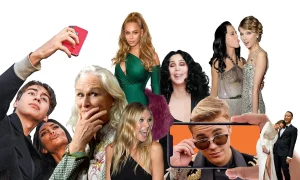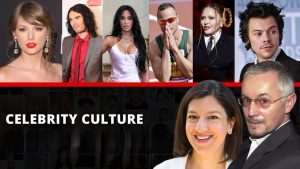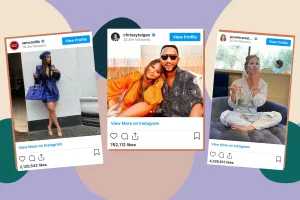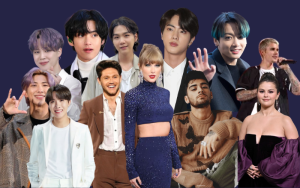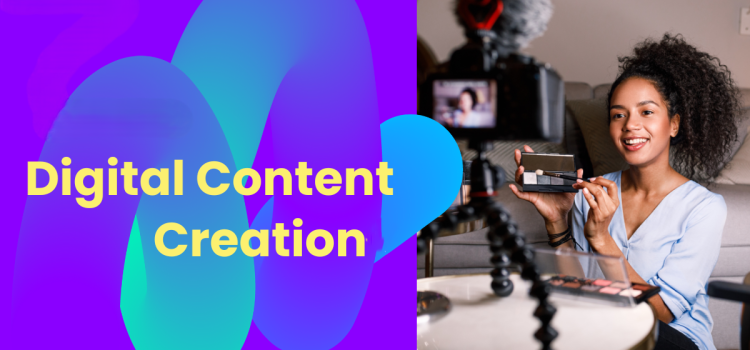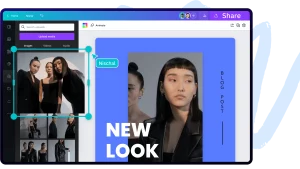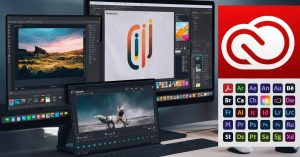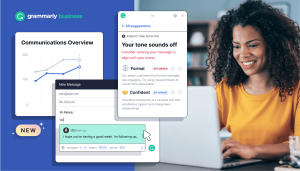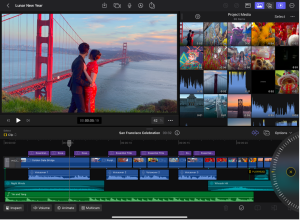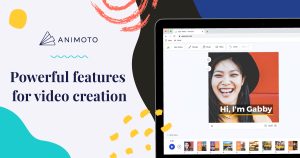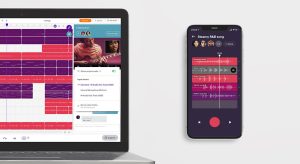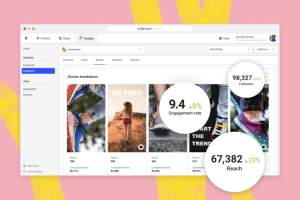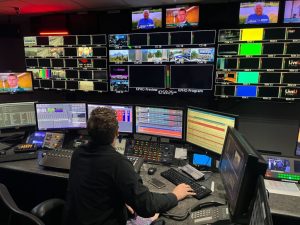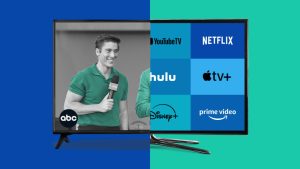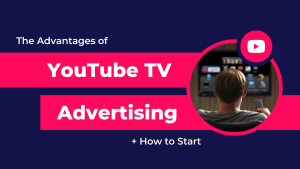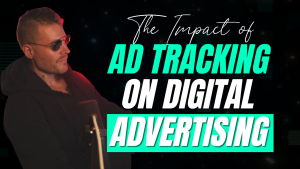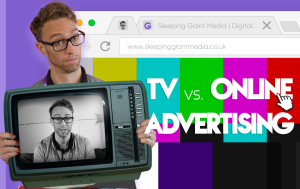
Introduction
Strong relationships are the foundation of a happy and fulfilling life. Whether it’s with family, friends, or a partner, building meaningful connections requires time, effort, and understanding. In today’s fast-paced world, many people struggle to maintain deep relationships due to busy schedules, lack of communication, and technology distractions.
Creating strong bonds with loved ones is not about grand gestures, but rather about small, consistent efforts that show you care. This guide explores effective ways to build and maintain stronger relationships, ensuring that the people who matter most feel valued and appreciated.
Why Are Strong Relationships Important?

Healthy relationships contribute to overall well-being and happiness. They provide:
- Emotional support: Loved ones help us through tough times.
- Reduced stress and anxiety: Strong social bonds improve mental health.
- Better communication skills: Understanding others helps in personal and professional life.
- Increased sense of belonging: Feeling valued strengthens confidence and self-worth.
When relationships are nurtured and maintained, they become a source of love, joy, and stability.
Tips for Building Stronger Relationships

- Be present: Give undivided attention when spending time together.
- Apologize when necessary: Admitting mistakes strengthens trust.
- Be patient and understanding: Everyone has flaws; accept them with kindness.
- Keep the relationship fun: Laughter and joy create stronger bonds.
- Encourage personal growth: Support each other’s self-improvement.
Example: A couple that supports each other’s hobbies and growth will have a stronger relationship than those who discourage individual passions.
How to Strengthen Relationships with Loved Ones

1. Communicate Openly and Honestly
Communication is the key to any strong relationship. Being open and honest fosters trust and understanding.
- Listen actively without interrupting.
- Express feelings clearly and respectfully.
- Ask questions to show interest in the other person’s life.
Example: Instead of assuming how someone feels, ask: “How are you feeling today?” This simple act strengthens emotional connection.
2. Spend Quality Time Together
Time is one of the most valuable gifts you can give. Being physically present is important, but being mentally engaged matters more.
- Have meals together without distractions.
- Plan weekend outings or simple home activities.
- Set aside time for meaningful conversations.
Example: A 30-minute walk together every evening strengthens bonds more than hours spent in the same room without interaction.
3. Show Appreciation and Gratitude
People feel valued when their efforts are recognized. Expressing gratitude and appreciation builds positive connections.
- Say “thank you” often.
- Write thoughtful notes or messages.
- Compliment small acts of kindness.
Example: Instead of saying, “You always do this,” try, “I appreciate how you take care of things. It means a lot to me.”
4. Resolve Conflicts with Respect
Disagreements are normal, but how they are handled determines the strength of a relationship.
- Stay calm and avoid raising your voice.
- Focus on the issue, not personal attacks.
- Find solutions together instead of assigning blame.
Example: Instead of “You never listen to me,” say, “I feel unheard when my concerns are dismissed. Can we talk about it?”
5. Create Shared Experiences and Traditions
Strong relationships are built on shared memories and traditions.
- Celebrate special occasions together.
- Start simple traditions like a weekly movie night.
- Travel or explore new activities together.
Example: Families that cook together once a week build deeper emotional connections.
6. Support Each Other’s Goals and Dreams
Encouraging loved ones in their personal and professional goals strengthens relationships.
- Celebrate their achievements, big or small.
- Offer help when needed without being overbearing.
- Show genuine interest in their passions.
Example: If a friend wants to start a business, show support by asking about their progress and offering encouragement.
Common Mistakes That Weaken Relationships

1. Taking Loved Ones for Granted
When people feel unappreciated, they may withdraw emotionally. Make an effort to acknowledge their presence and contributions.
2. Lack of Communication
Ignoring calls or messages and failing to express emotions lead to distance in relationships. Keep communication open even during busy days.
3. Neglecting Small Acts of Kindness
Simple gestures like a smile, a hug, or a kind word make a difference in relationships.
4. Not Respecting Boundaries
Respecting personal space and understanding each other’s limits fosters a healthy connection.
Practicing Patience
Patience is essential when building strong relationships. Sometimes, we may feel frustrated or upset with our loved ones. It’s important to remember that everyone has their own struggles. Practicing patience means giving each other the time and space needed to work through problems. By being patient, we create a loving and understanding environment where relationships can flourish.
Learning to Compromise
Compromise is another key part of maintaining strong relationships. We won’t always agree on everything, and that’s okay. Finding a middle ground is important to resolve conflicts. This might mean giving up something we want for the sake of our loved one or finding a solution that works for both. Compromising shows that we value the relationship and are willing to work together.
Embracing Change

Relationships can change over time, and that’s a natural part of life. People grow, circumstances shift, and interests can evolve. Embracing change means being open to these developments and adapting to new situations. Instead of resisting change, we should focus on how we can grow together. By staying flexible and supportive, we can navigate changes in our relationships and continue to build strong connections.
Respecting Boundaries
Respecting each other’s boundaries is crucial for strong relationships. Everyone has different comfort levels and personal space needs. It’s important to communicate these boundaries clearly. When we respect each other’s limits, we build trust and understanding. This also helps prevent feelings of overwhelm and allows both people to feel secure in the relationship.
Challenges in Building Strong Relationships
Despite the benefits, building strong relationships can be challenging. Busy schedules, misunderstandings, and different communication styles can create obstacles. Conflicts may arise, and some people may struggle to express their feelings. It’s essential to recognize these challenges and work together to overcome them.
The Future of Relationships

As society evolves, the way we build and maintain relationships may change. Technology can play a role in connecting people, but it can also create distance. The future will likely see a blend of online and in-person interactions. By prioritizing strong relationships and adapting to new ways of connecting, we can continue to nurture our bonds with loved ones.
Comparison of Relationship Strategies
To understand how different strategies work, we can compare them based on their focus and impact on relationships. The table below shows key strategies for building stronger relationships.
| Strategy | Focus | Impact |
|---|---|---|
| Effective Communication | Sharing thoughts and feelings | Improves understanding and reduces conflicts |
| Quality Time | Strengthening emotional bonds | Builds connection and trust |
| Conflict Resolution | Solving disagreements | Promotes harmony and respect |
| Emotional Bonding Techniques | Deepening intimacy | Increases overall satisfaction in the relationship |
Analysis Table: How to Maintain Long-Distance Relationships
Physical distance can make relationships challenging, but consistent effort and communication can keep bonds strong.
| Method | How It Helps |
|---|---|
| Video Calls | Keeps the connection personal and engaging. |
| Daily Texts or Check-ins | Shows you care even when busy. |
| Surprise Gifts or Letters | Adds an element of excitement and thoughtfulness. |
| Planning Visits | Keeps the relationship meaningful and worth the wait. |
Example: Sending a handwritten letter to a long-distance friend makes them feel special and valued.
Conclusion
Building and maintaining strong relationships requires time, effort, and consistency. Whether with family, friends, or a partner, strong bonds lead to happiness, emotional support, and a sense of belonging. By focusing on good communication, emotional connections, and healthy habits, we can create deeper, more meaningful relationships. Remember that relationships are essential to our lives, and taking care of them leads to greater happiness and fulfillment.
Key Takeaways
- Strong relationships are built on communication, appreciation, and shared experiences.
- Quality time and mutual support strengthen bonds.
- Conflicts should be resolved with respect and understanding.
- Long-distance relationships can thrive with effort and communication.
- Small gestures of kindness create deep emotional connections.

